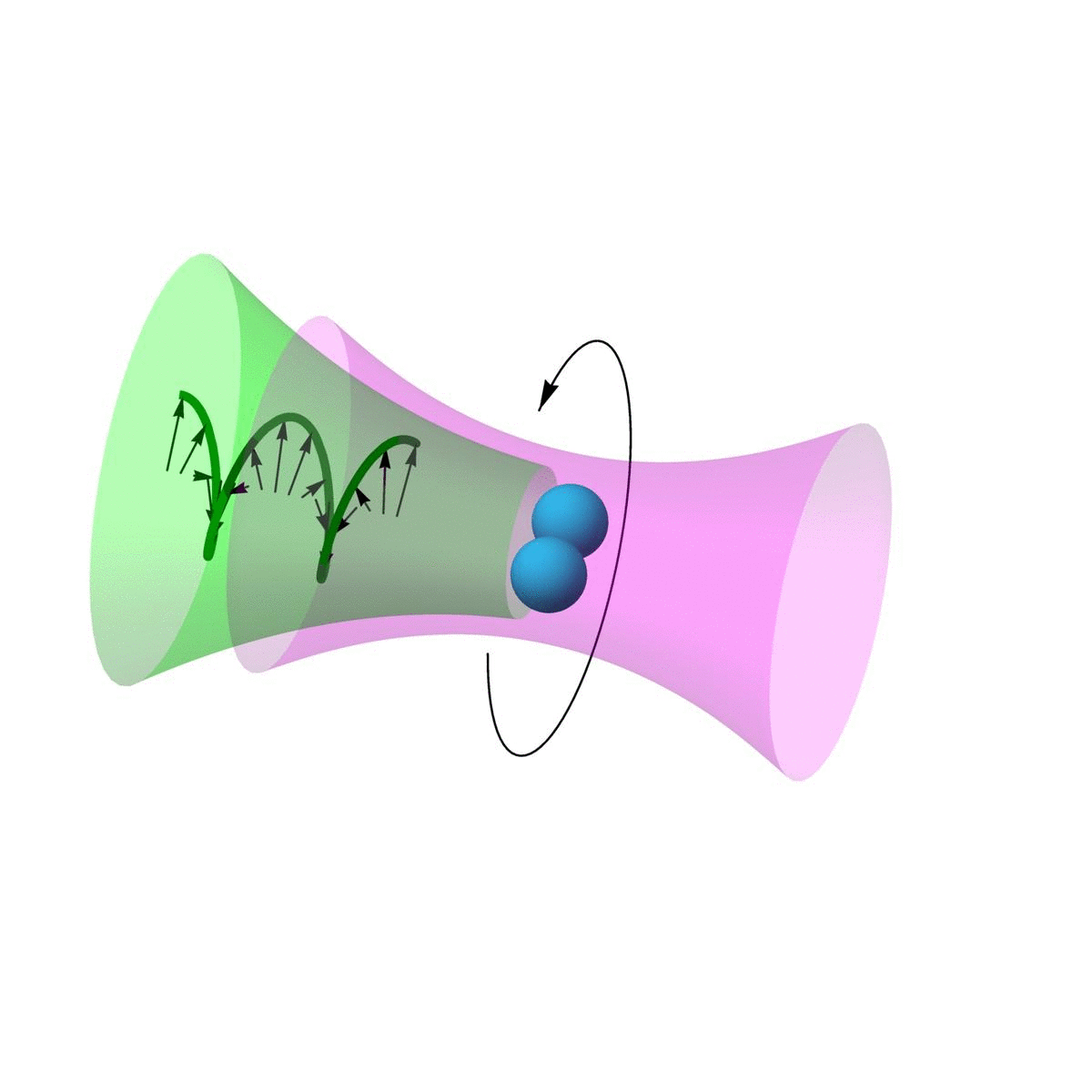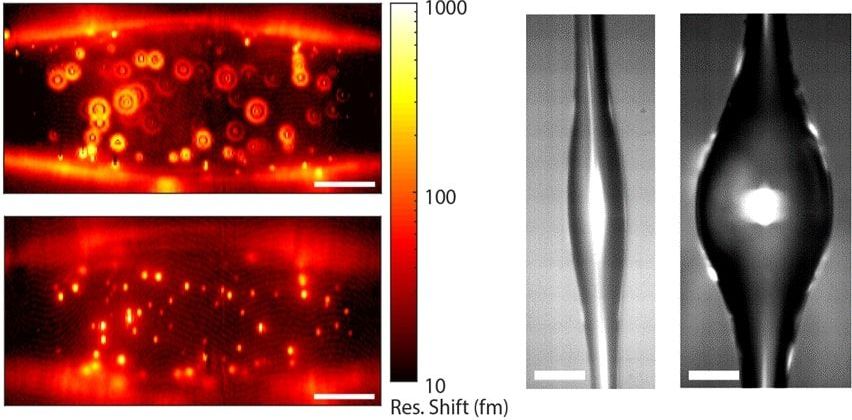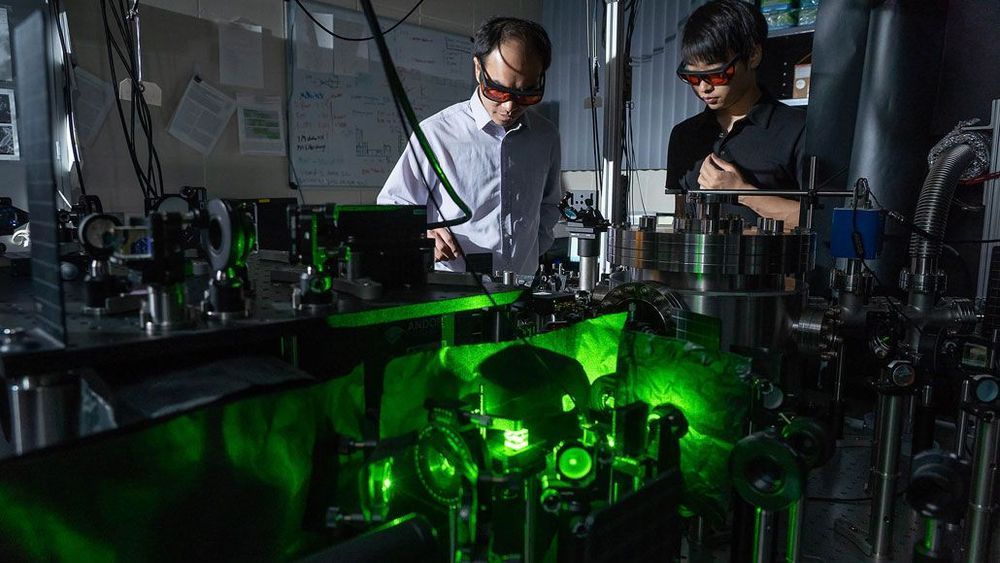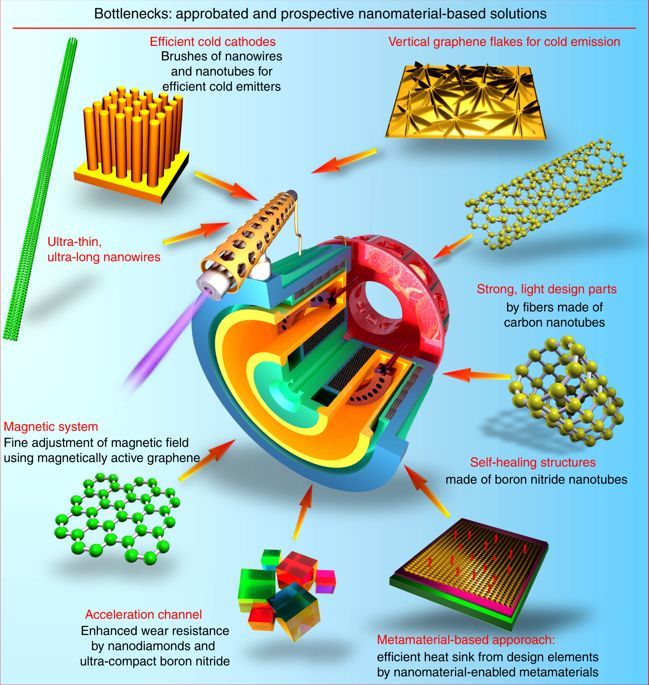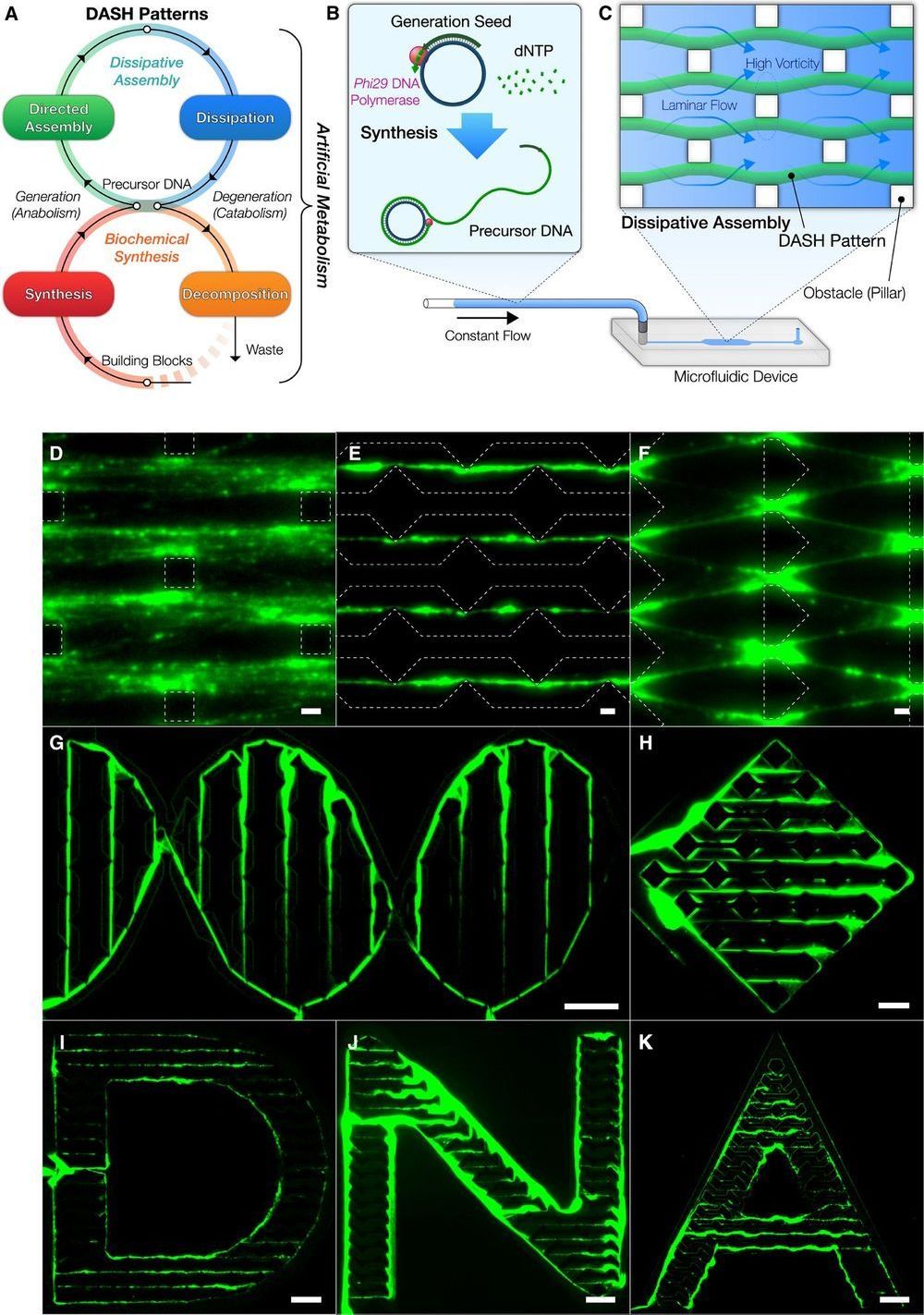Archive for the ‘nanotechnology’ category: Page 207
Jan 17, 2020
This Sci-Fi-Inspired Device Could Replace Bulky, Expensive X-Ray Machines
Posted by Shane Hinshaw in categories: biotech/medical, nanotechnology
We’re still a long way from Star Trek-style tricorders that can instantly diagnose disease, but medical startup Nanox is hoping to bring a little of the 24th century to a hospital near you. The company has unveiled a new low-cost X-ray scanner called the Nanox. Arc. It hopes to deploy 15,000 units in the coming years, with the aim of making medical scans more available and affordable.
Nanox was founded in 2016 by Japanese venture capitalist Hitoshi Masuya in partnership with Sony. The consumer electronics giant later bowed out, but Masuya joined forces with current CEO Ran Poliakine to split the company’s operations between Israel and Japan. Nanox has now raised a total of $55 million to fund the development of Nanox. Arc, which supposedly offers the same capabilities of traditional X-ray machines with a much smaller footprint and lower operating costs.
Current X-ray machinery is bulky, requiring arrays of rotating tubes with superheated filaments that produce electron clouds. When moved near a metal anode, the filament produces the X-rays needed for imaging. These giant analog contraptions require heavy shielding to keep patients safe, and they use a lot of power. There’s also a substantial upfront cost that can run $2–3 million. The Nanox. Arc, on the other hand, uses silicon micro-electromechanical systems (MEMs) in the form of more than 100 million molybdenum nano-cones that generate electrons.
Jan 16, 2020
Nanoparticle levitated
Posted by Quinn Sena in categories: biotech/medical, nanotechnology, quantum physics
A dumbbell-shaped nanoparticle powered just by the force and torque of light has become the world’s fastest-spinning object.
Scientists at Purdue University created the object, which revolves at 300 billion revolutions per minute. Or, put another way, half a million times faster than a dentist’s drill.
In addition, the silica nanoparticle can serve as the world’s most sensitive torque detector, which researchers hope will be used to measure the friction created by quantum effects.
Jan 16, 2020
Microresonator Measures and Images Nanoparticles with High Degree of Sensitivity
Posted by Omuterema Akhahenda in categories: biological, food, nanotechnology, particle physics
#biophotonics #photonics
ONNA, Japan, Jan. 13, 2020 — Scientists at the Okinawa Institute of Science and Technology (OIST) Graduate University have developed a light-based device that can act as a biosensor, detecting biological substances in materials, such as harmful pathogens in food. The scientists said that their tool, an optical microresonator, is 280× more sensitive than current industry-standard biosensors, which can detect only cumulative effects of groups of particles, not individual molecules.
Jan 13, 2020
The fastest-spinning object ever made could help spot quantum friction in a vacuum
Posted by Quinn Sena in categories: nanotechnology, quantum physics
To detect the quantum friction of empty space, scientists are going for a spin.
A twirling nanoparticle, suspended in a laser beam inside of a vacuum, can measure tiny twisting forces, making it the most sensitive detector of torque yet created. Researchers say the device could one day detect an elusive quantum effect called vacuum friction.
The suspended nanoparticle can spin more than 300 billion times a minute. “This is the fastest human-made rotor in the world,” says physicist Tongcang Li of Purdue University in West Lafayette, Ind.
Jan 12, 2020
Recent progress and perspectives of space electric propulsion systems based on smart nanomaterials
Posted by Quinn Sena in categories: nanotechnology, robotics/AI, satellites
Drastic miniaturization of electronics and ingression of next-generation nanomaterials into space technology have provoked a renaissance in interplanetary flights and near-Earth space exploration using small unmanned satellites and systems. As the next stage, the NASA’s 2015 Nanotechnology Roadmap initiative called for new design paradigms that integrate nanotechnology and conceptually new materials to build advanced, deep-space-capable, adaptive spacecraft. This review examines the cutting edge and discusses the opportunities for integration of nanomaterials into the most advanced types of electric propulsion devices that take advantage of their unique features and boost their efficiency and service life. Finally, we propose a concept of an adaptive thruster.
Jan 11, 2020
Dynamic DNA material with emergent locomotion behavior powered by artificial metabolism
Posted by Mike Diverde in categories: bioengineering, biotech/medical, genetics, nanotechnology, quantum physics, robotics/AI
Interesting research paper on a new nanobot technology. I’m watching for ways in which suitable substrates for mind uploading can be constructed, and DNA self-guided assembly has potential.
Here are some excerpts and a weblink to the paper:
“…Chemical approaches have opened synthetic routes to build dynamic materials from scratch using chemical reactions, ultimately allowing flexibility in design…”
Jan 11, 2020
Immunotherapy supercharges metal nanoparticles to destroy cancer cells
Posted by Genevieve Klien in categories: biotech/medical, nanotechnology
An international team of cancer researchers has developed a new type of copper-based nanoparticle that can kill tumor cells in mice. While the technology showed effectiveness on its own, by combining it with immunotherapy the scientists say it produced long-lasting effects, quickly killing off any cancer cells that dared to return.
The therapy centers on new knowledge around tumors’ aversion to certain types of nanoparticles. The research team made up of scientists from KU Leuven, the University of Bremen, the Leibniz Institute of Materials Engineering, and the University of Ioannina, discovered that tumor cells were particularly sensitive to nanoparticles made from copper and oxygen.
Once these copper oxide nanoparticles enter a living organism they dissolve and become toxic, killing off cancer cells that happen to be in the area. Key to the new nanoparticle design was the addition of iron oxide, which the researchers say enables it to kill off cancer cells while leaving healthy cells intact.
Jan 9, 2020
Light hits near infinite speed in silver-coated glass
Posted by Quinn Sena in category: nanotechnology
Circa 2013
A new metamaterial is the first with a refractive index near zero, allowing light waves to propagate ultrafast over nano-distances.
Jan 9, 2020
Nanoparticles deliver ‘suicide gene’ therapy to pediatric brain tumors growing in mice
Posted by Paul Battista in categories: biotech/medical, nanotechnology, neuroscience
Johns Hopkins researchers report that a type of biodegradable, lab-engineered nanoparticle they fashioned can successfully deliver a “suicide gene” to pediatric brain tumor cells implanted in the brains of mice. The poly(beta-amino ester) nanoparticles, known as PBAEs, were part of a treatment that also used a drug to kill the cells and prolong the test animals’ survival.
In their study, described in a report published January 2020 in the journal Nanomedicine: Nanotechnology, Biology and Medicine, the researchers caution that for safety and biological reasons, it is unlikely that the suicide gene herpes simplex virus type I thymidine kinase (HSVtk)—which makes tumor cells more sensitive to the lethal effects of the anti-viral drug ganciclovir—could be the exact therapy used to treat human medulloblastoma and atypical teratoid/rhabdoid tumors (AT/RT) in children.
So-called “suicide genes” have been studied and used in cancer treatments for more than 25 years. The HSVtk gene makes an enzyme that helps restore the function of natural tumor suppression.


